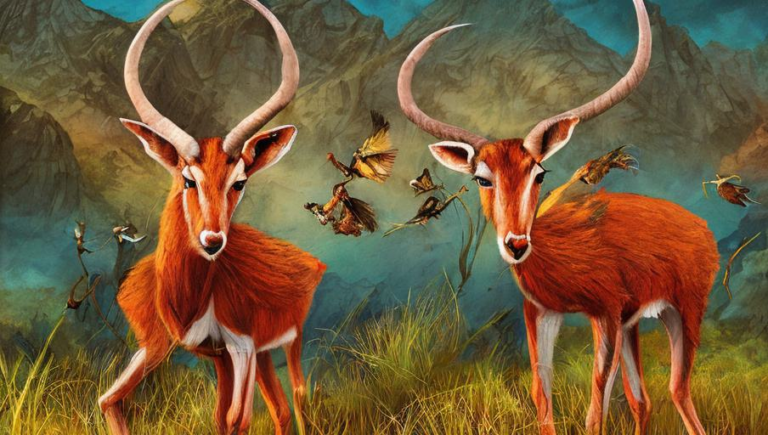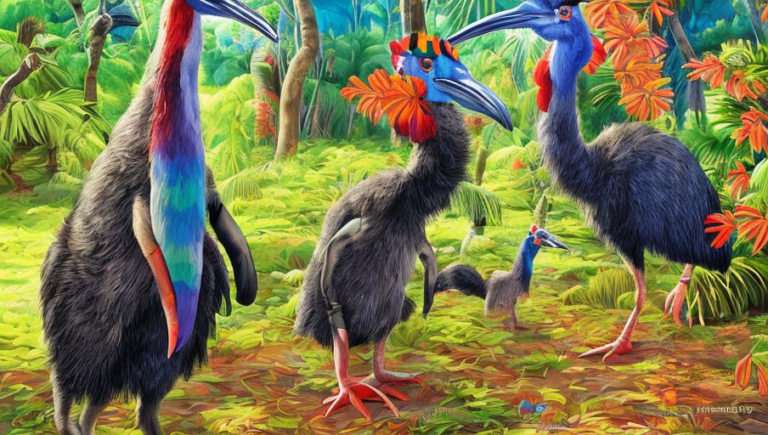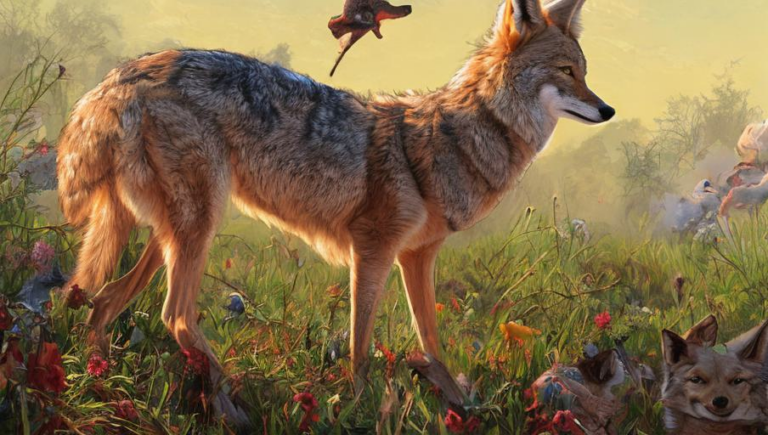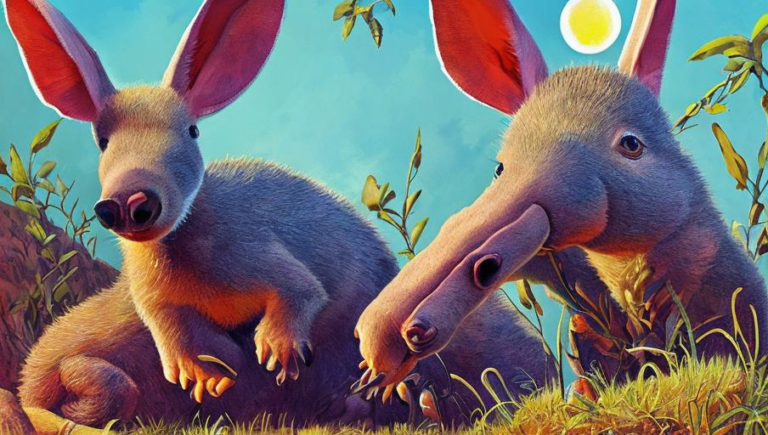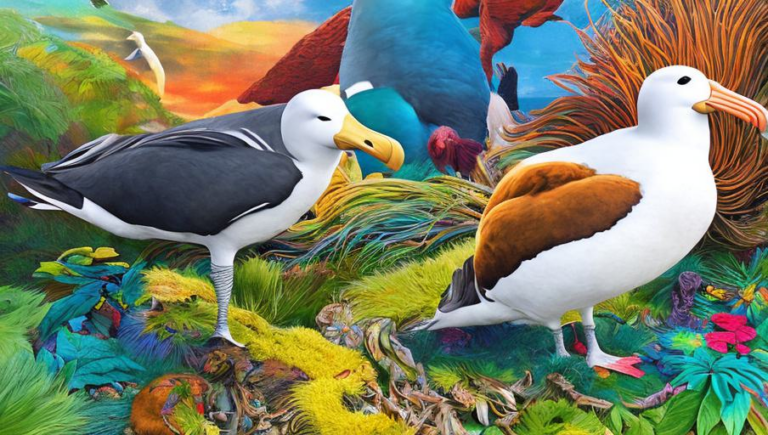Intriguing Facts About Aardvarks
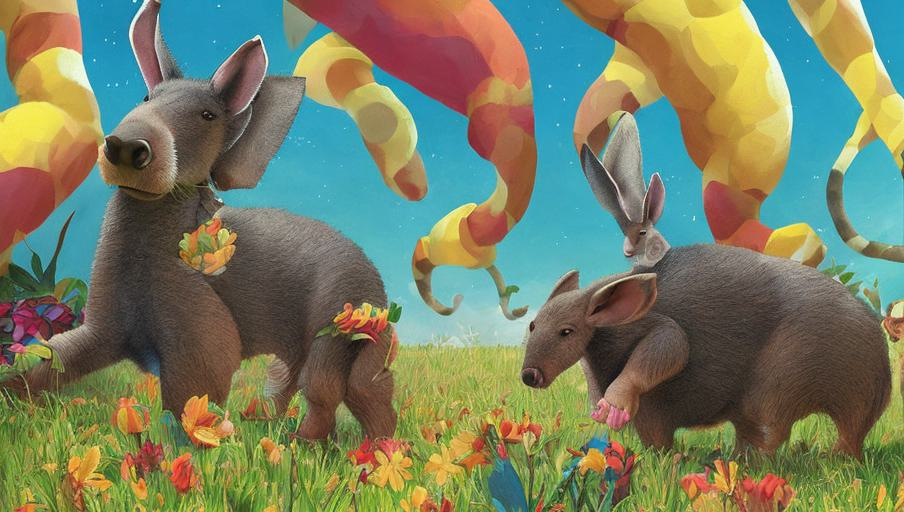
Introduction
Aardvarks (Orycteropus afer) are fascinating animals that are found throughout the African continent. They are nocturnal, solitary creatures that live in burrows and feed on insects and other small animals. Aardvarks possess a unique combination of physical and behavioral adaptations that have enabled them to survive in their environment for millions of years.
Physical Characteristics
Aardvarks have a long, pig-like snout, which they use to sniff out their prey, and large ears that help them detect movement. They also have a tough, leathery skin that helps protect them from predators and sharp claws that enable them to dig burrows and forage for food. Aardvarks are also equipped with a long, sticky tongue that can reach up to 30 cm in length!
Behavior and Diet
Aardvarks are primarily nocturnal and solitary animals, although they will occasionally form small groups during the wet season when food is abundant. They are mainly insectivorous, feeding primarily on ants and termites, although they will also eat fruit and other small animals. Aardvarks will often dig burrows in the ground to rest in during the day, or to escape from predators.
Reproduction and Life Cycle
Aardvarks mate during the wet season and usually give birth to one offspring after a gestation period of about seven months. The young aardvark will remain with its mother for about two years before striking out on its own. Aardvarks typically live for about 15 years in the wild.
Threats and Conservation
Aardvarks are threatened by habitat loss and fragmentation due to human activity. They are also hunted for their meat and their unique skin, which is used to make leather goods. Fortunately, several governments and organizations have taken steps to protect aardvarks and their habitats. These include the creation of protected areas and the implementation of sustainable hunting practices.
Conclusion
Aardvarks are fascinating creatures that have been able to survive in their environment for millions of years. They have unique physical and behavioral adaptations that enable them to survive in their environment. Unfortunately, aardvarks are threatened by habitat loss and fragmentation as a result of human activity. Fortunately, there are a number of conservation efforts underway to protect them.
